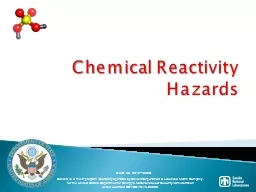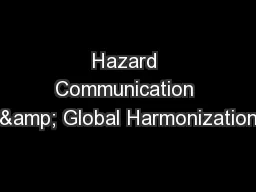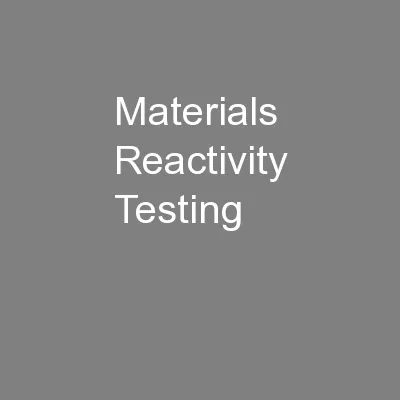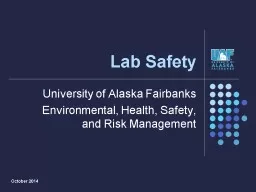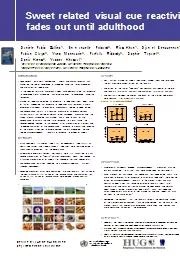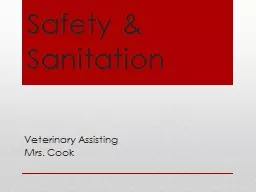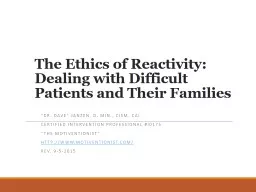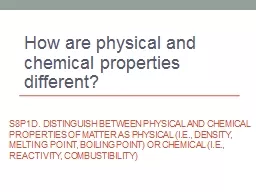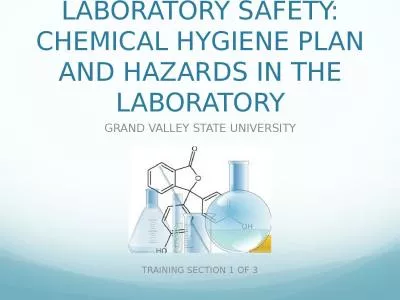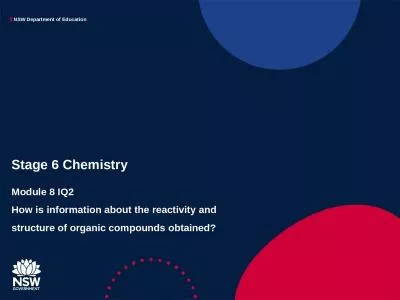PPT-Chemical Reactivity Hazards
Author : myesha-ticknor | Published Date : 2016-05-11
SAND No 20121608C Introduction Chemical reactivity hazard A situation with the potential for an uncontrolled chemical reaction that can result directly or indirectly
Presentation Embed Code
Download Presentation
Download Presentation The PPT/PDF document "Chemical Reactivity Hazards" is the property of its rightful owner. Permission is granted to download and print the materials on this website for personal, non-commercial use only, and to display it on your personal computer provided you do not modify the materials and that you retain all copyright notices contained in the materials. By downloading content from our website, you accept the terms of this agreement.
Chemical Reactivity Hazards: Transcript
Download Rules Of Document
"Chemical Reactivity Hazards"The content belongs to its owner. You may download and print it for personal use, without modification, and keep all copyright notices. By downloading, you agree to these terms.
Related Documents

